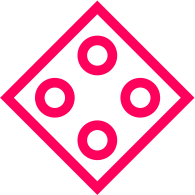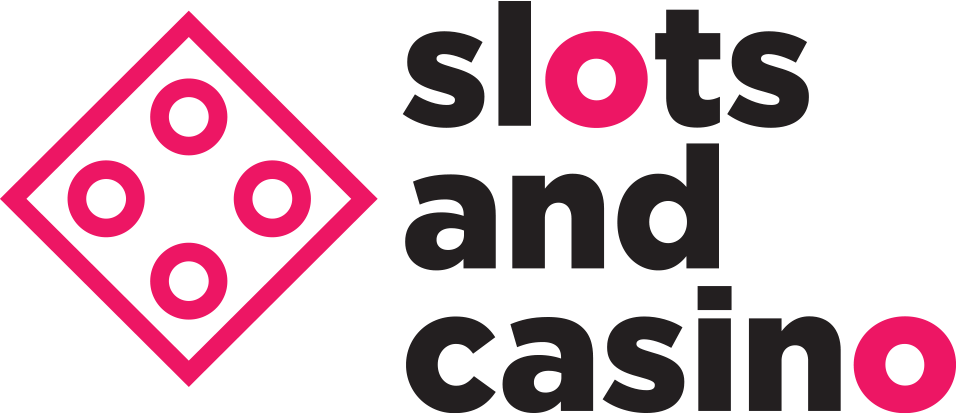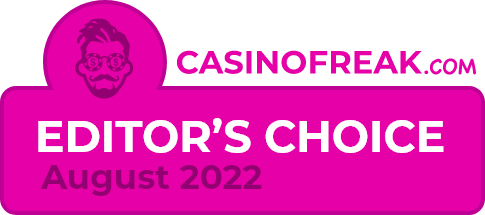
Learn to Talk Blackjack: Guide to Blackjack Terminology
Social interactions have always been a part of many table games. Terms and slang develop over time, and players around the table would usually use these terms to converse or make decisions throughout the game.
If you’re a new blackjack player, you might be here because you’re confused about what’s going on at your blackjack table. No worries, this article will guide you through some of the most common blackjack terminology that you can use on your next blackjack game.

Essential Playing Terms
For beginners, keeping up with the entire blackjack vocabulary might feel intimidating. So, let’s start with the very basic playing terms.
Hit

’Hit’ is one of the most basic blackjack terms that you might hear the most in a one session of a game. When someone says ’hit’, that means they’re asking the dealer for another card.
For example, if your two starting cards have a total of 11, you can ask for another card to get a bigger total value. So, you can say ’hit’ to get another card. It’s a simple command that all blackjack players must know so they can communicate better with the dealer and avoid communication getting in the way of their strategy.
Stand

’Stand’ is the opposite of ’hit’. When someone is ’standing’ in blackjack, that means they like what they have and choose not to draw additional cards. It’s like stating that they’d like to stop because they feel like their hands are close enough to 21 and are probably avoiding going over.
For example, if your first two cards have a total value of 20, you can’t add another card because it’s more likely for you to go over 21. You can then say ’stand’ or choose ’stand’ to tell the dealer that you’re stopping and won’t be asking for additional cards.
Double Down

Double Down is a blackjack betting option where you double your original bet after receiving your starting two cards. However, doubling down comes with a catch: you can only draw one more card. If your two initial cards’ total value is far from 21 or the dealer’s value, it’s a risky option to take, so you need to strategize wisely.
One of the best tips on when to Double Down is to see the dealer’s card and your total value. If your initial two cards total is 11, and the dealer’s Up Card isn’t an Ace, doubling down can be a good strategy in the hope you’ll get a card with a 10 value.
Split

Split is another term that would be helpful for you to know, as it’ll affect your playing strategy. If your starting two cards have the same value, you can ’split’ them into two separate hands. The new hand will require a bet with the same amount as your original hand.
Splitting is like playing two hands simultaneously. So, if you get two 8s for your starting hand, you can split them and play two hands in one round. In certain situations, it’ll be a beneficial option that can increase your winning potential. In the case of two 8s on a starting hand, if your dealer’s Up Card is less than 8, splitting would be the recommended move.
Terms Related to Cards
Besides some action terms that will help you deliver your choices, there are terms related to blackjack cards.
Burn Card

The term Burn Card refers to the first card dealt from a new shoe or deck. This is the card that the dealer discards (or in this case, ’burns’) before starting the game. It’s an age-old tradition done by all blackjack dealers to ensure fairness and prevent any advantage for players who know how to card-count and have played the previous game done with the same deck.
Cut Card

Cut Card refers to a plastic card dealers use to ’cut’ the deck after shuffling. They’ll place the Cut Card towards the end of the deck, indicating when they need to reshuffle. Although it won’t be necessary for you as a player to know what a Cut Card is, it’ll help you understand if the term is mentioned during the game.
Up Card

Knowing what an Up Card is will be vital to your blackjack strategy. This term refers to a card dealt face-up. So, you can judge and strategize based on its value and make a decision whether you want to hit, stand, split, or double down.
For example, if your dealer’s upcard has a six value, the basic strategy is to stand on a hard 12 or higher. That will be your best decision as there’s a high chance that the dealer will go bust.
Hole Card

Hole Card is the opposite of upcard. It refers to your dealer’s face-down card. When a game of blackjack starts, you’ll get two cards, and the dealer will also get two cards. One is an Up Card, so you can see the value and craft a strategy based on the upcard, while the others remain facing down.
The latter is called the Hole Card. So it’s a term that won’t necessarily be used during the gameplay, but it’ll still be helpful for you to make conversations or gain more understanding if the dealer uses it.
Current promotions












































Follow us